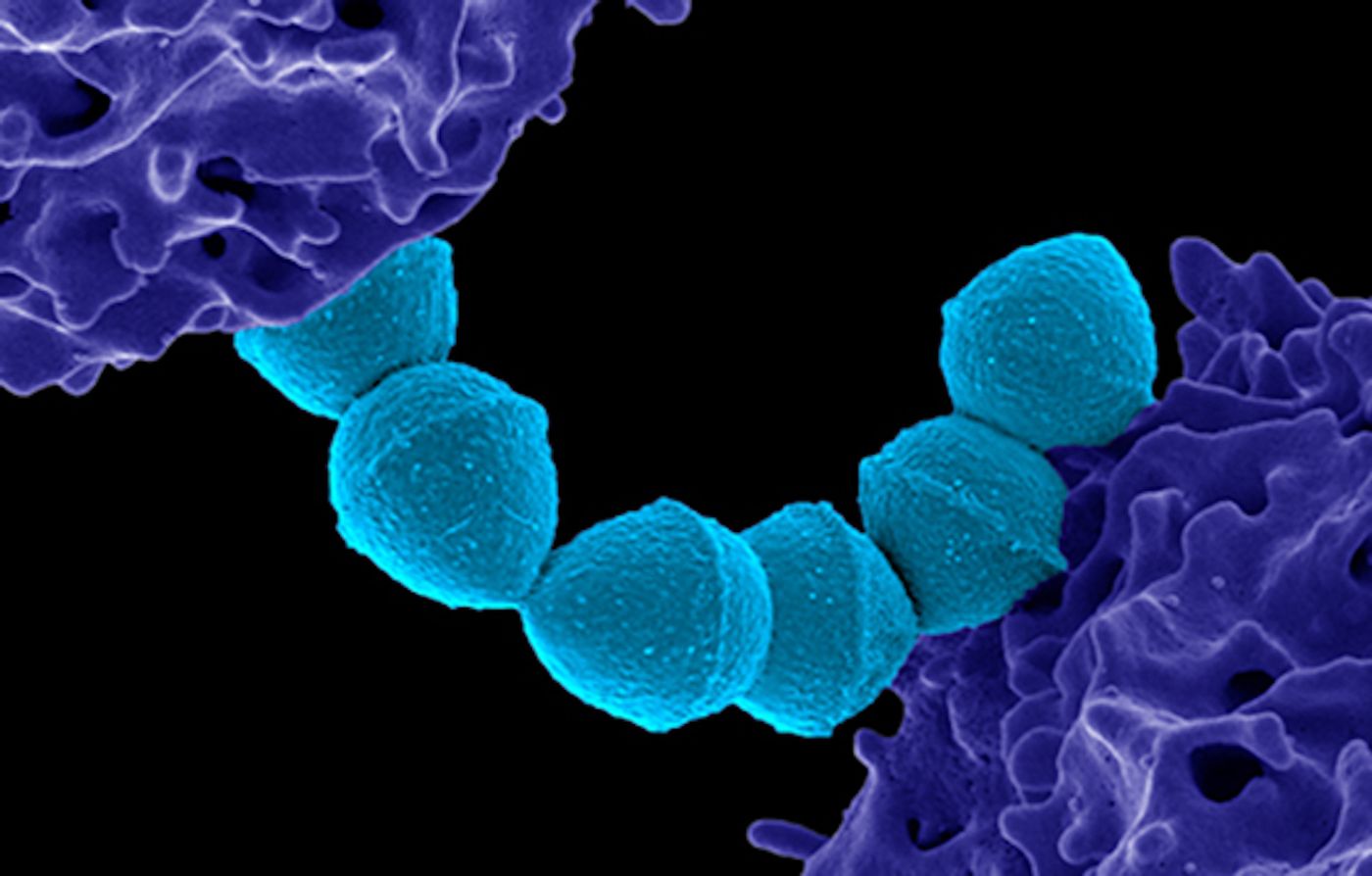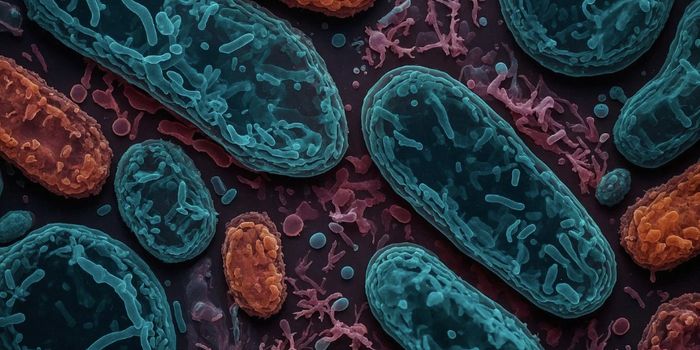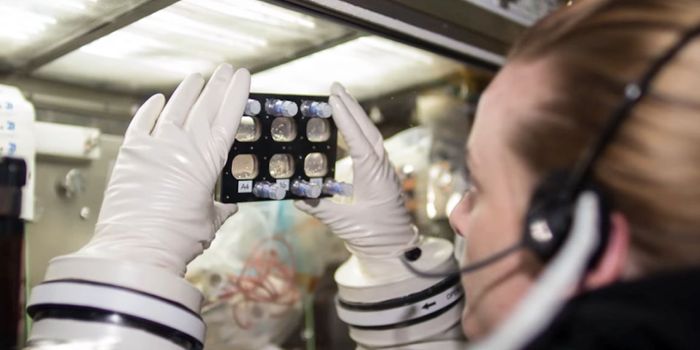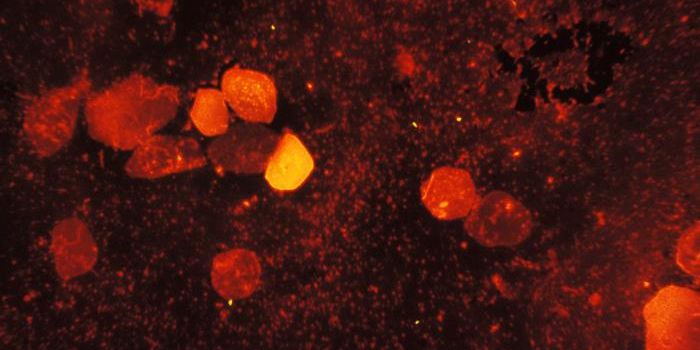New Strep A Variants are Found, Genetics Shows Why They Are Deadly
Streptococcus pyogenes, which is often called group A Streptococcus, infects people around the world. While estimates vary, these infections could be responsible for the deaths of over half a million individuals every year. The pathogen can also cause an illness known as scarlet fever, which usually occurs in kids between the ages of 5 and 15. Scarlet fever was once a major health threat for children, and there were infection rates as high as 20 percent in the early 20th century. The disease became less of a public health concern until its recent reemergence in the UK, Hong Kong, and mainland China.
Isolates taken from patients have shown that S. pyogenes can carry resistance genes that shield it from the effects of antibiotics including tetracycline, erythromycin and clindamycin. These bacteria can also generate powerful toxins, like molecules called SSA and SpeC, known as superantigens, and an enzyme called Spd1.
While S. pyogenes infections are still rare, they can kill as many as 20 percent of people who are infected.
In 2019, a variant isolated in the UK, the so-called M1UK strep A variant, was shown to produce five times more strep A toxins compared to previous strains. The SpeA superantigen generated by this variant can short-circuit host immunity and was once known as the scarlet fever toxin. The M1UK variant also carried a few genetic mutations compared to previous strains, and one of those mutations was located close to the toxin gene. The findings have been reported in Nature Communications.
More research will be needed to know whether this variant has gotten better at moving from one person to another to cause infection.
Strep A is very rare, and the study authors noted that people should not be concerned about this novel variant at this time. Basic hygiene practices, like hand washing, can still protect us from dangerous germs like S. pyogenes. Strep A infections are spread through close contact with infected people, who may be coughing and sneezing. Other symptoms include a rash and fever.
The study authors also noted that these findings have highlighted the importance of developing a vaccine for Strep A infections.
An unrelated study reported in mBio has also revealed a different mutation that occurs in a Strep A variant that increases the production of a toxin called streptolysin O (SLO). SLO can help Strep A survive in the host, evade host immunity, and is destructive to host tissues. Variants that did not express SLO were not as virulent, noted the study authors.
Right now, scientists are working on a Strep A vaccine, as described in the video above.
Sources: Nature Communications, Griffith University, mBio









